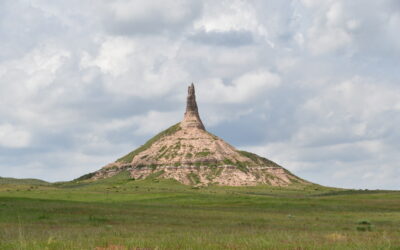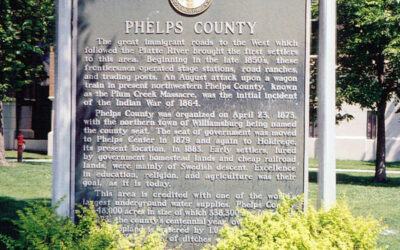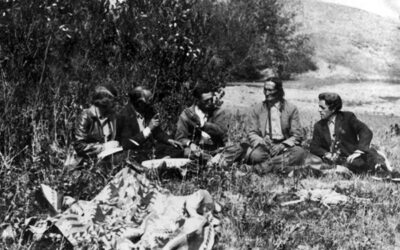The first Nebraska territorial fair was held at Nebraska City, beginning Wednesday, September 21, 1859, and lasting three days. Robert Furnas, later governor of Nebraska, wrote in Brownville’s Nebraska Advertiser on September 29:
“Last week we attended the first Territorial Agricultural and Mechanical Fair at Nebraska City. The result of this, not only the first Nebraska Territorial Fair, but the first Territorial Fair ever held in the United States was most gratifying. It was a perfect success when we take everything into consideration. The times are hard, and many at a distance felt that they could not incur the expense of attending. The regular steamboat packets were all out of order–one sunk, and the other fast on a sand bar–and going to and fro in that way cut off; we are in the midst of election excitement, and everybody thinking and talking politics. Taking everything into consideration, we repeat, the result is the most sanguine friends of the enterprise could expect. . . .
“The exhibition of stock, farm products, mechanism, works of art, etc., were creditable indeed. Of course there was not that variety to be found in the county or state fair in the states. What there was, however, was unequalled anywhere. The attendance on the last two days especially was large,–all classes were there, from the chief executive to the humblest citizen.”
The Morton-Watkins history of Nebraska indicates that the chief orator for the occasion was J. Sterling Morton, well qualified to address an audience of practical agriculturists. Morton was the winner of premiums awarded at the fair for blooded horses, best draft stallion over four years old, and best Suffolk boar one year old. Furnas was awarded three first premiums for Devon cattle.
A notable event of the fair was Morton’s address, which presented a realistic picture of agriculture in the early years of Nebraska Territory. He foresaw the prosperous future of the state’s agriculture and said: “The first steamers that came up the Missouri in 1857 brought us corn to keep us and our stock from perishing by hunger and starvation. But now, by the energy of our farmers, Nebraska in less than two years has been transformed from a consumer to a producer.”



